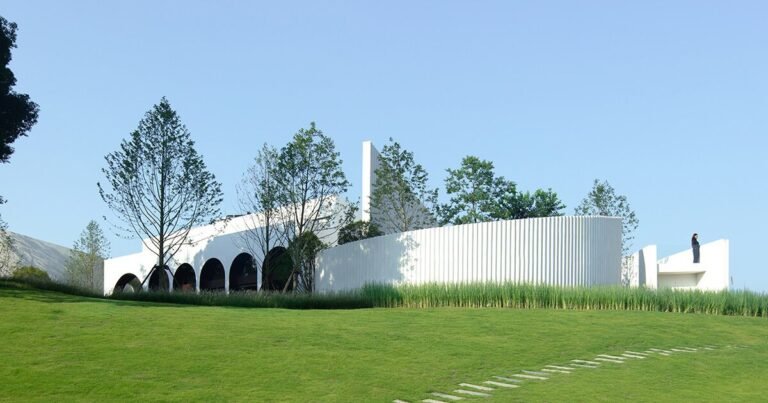artist ron norsworthy exhibits in NYC
ron norsworthy debuts at edwynn houk gallery
Artist Ron Norsworthy’s first exhibition at the gallery since announcing representation with Edwynn Houk Gallery, I, Narcissus is a presentation of the ancient myth of Narcissus through a contemporary lens. Opening on November 14th, the show will invite viewers to reconsider notions of self-love, beauty, and identity. Known for his innovative process that blends digital collage and three-dimensional form, Norsworthy uses the myth of Narcissus as a point of departure, but he approaches it with a fresh perspective. ‘I don’t know if I’ve re-interpreted the myth as much as I’ve sought to locate myself in it,’ Norsworthy shares in an interview with designboom, explaining how the exhibition reflects his personal exploration of beauty and self-acceptance. The eleven works in this series merge narrative and allegory with spatial poetics, challenging viewers to engage with their constructed realities.
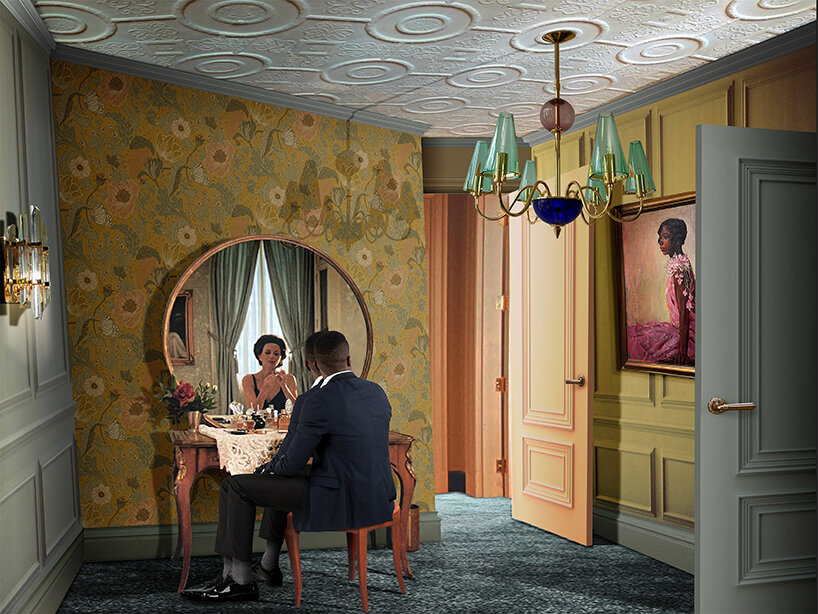
Ron Norsworthy, Narcissus and Echo, 2024 | all images © Ron Norsworthy, courtesy of Ron Norsworthy and Edwynn Houk Gallery
‘i, narcissus’: a layered exploration of self-reflection
At the heart of I, Narcissus at Houk is a critical examination of beauty, a theme that Ron Norsworthy explores both through his layered compositions and in his intentional disruption of illusion. Each piece on view at Edwynn Houk Gallery begins as a digital collage and is later transformed into a three-dimensional work on wood panel, where the plywood layers become a metaphor for the social constructs underlying ideas of beauty, gender, and race. ‘The works are literally revealing that they are constructed, human-made,’ Norsworthy says, underscoring his commitment to transparency both in form and concept. Through this, he prompts viewers to question the fluidity of traditional beauty standards and the ways in which they are mediated by culture.
Norsworthy’s use of reflection — both literal and figurative — is central to the exhibition, as it engages viewers in a deeper contemplation of self-perception. In each work, Narcissus appears in a different guise, reflecting diverse experiences of self-love and self-reflection. ‘My paintings, the photographs from which they derive, and the way that they are made are all a way of talking about how we construct our realities and our own sense of truth,’ he explains. These layered constructions, both visually appealing and subtly unsettling, compel the audience to explore the tension between illusion and reality, while opening up a dialogue about the complexities of identity in today’s world. Read designboom’s full interview with the artist below!
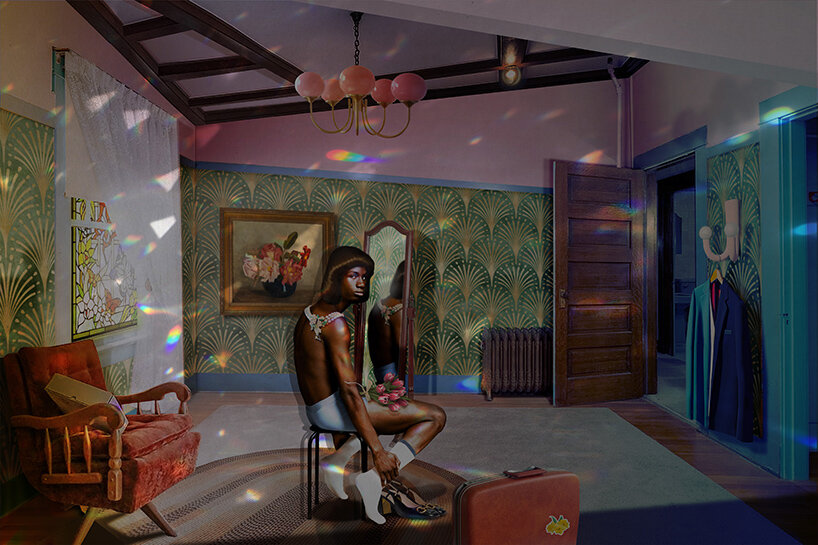
Ron Norsworthy, Narcissus (Maybe It’s Time), 2024
DIALOGUE WITH RON NORSWORTHY
designboom (DB): I, Narcissus is your first exhibition with Edwynn Houk Gallery since announcing your representation in 2023. How does this partnership mark a new chapter in your artistic career, and what drew you to debut this particular body of work with Houk?
Ron Norsworthy (RN): I think the relationship between artist and gallery should always be centered in the right fit. Alignment around ways of thinking and seeing. How to best share and platform this alignment. Although I’m not technically a photographer, I engage photography in a new way within my practice and am always keen to shake up conditioned associations that we might have about different categories within art. I am especially drawn to conversations around how the medium of photography has evolved and can evolve and how my work and process can possibly help frame those conversations about photography’s potential. Houk felt like the right fit.
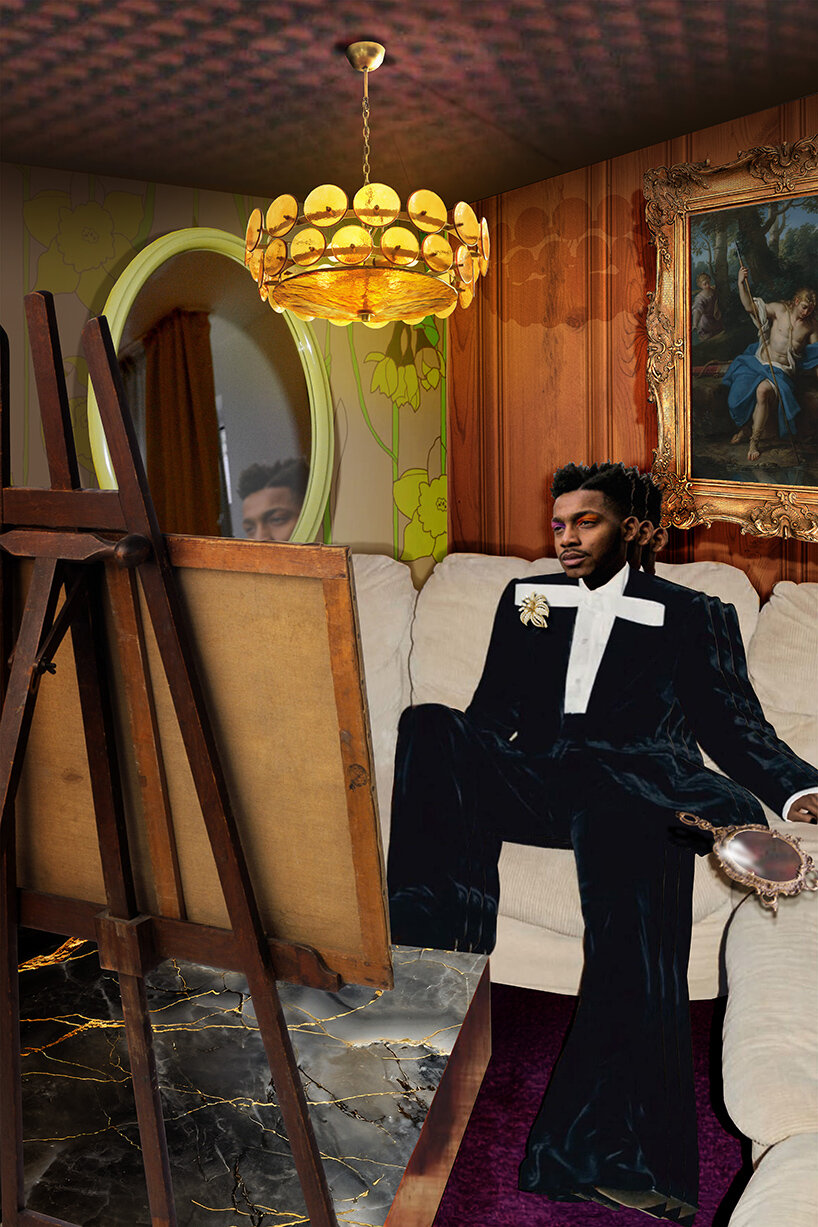
Ron Norsworthy, Considering Narcissus, 2024
DB: The myth of Echo and Narcissus is at the heart of your exhibition, but you reframe it in a way that emphasizes self-love rather than cautionary narcissism. Can you talk about what motivated you to reinterpret the myth and what personal connections you see in its themes?
RN: I don’t know if I’ve re-interpreted the myth as much as I’ve sought to locate myself in it. Just as every white male artist who has portrayed the character in his own, perhaps idealized, image. I needed to see a Narcissus, someone engaged in falling in love with their self, that looked like me. I searched nearly three thousand years of art history and unsurprisingly couldn’t find anything, so I felt the urgent need to make one. And then I made another. And then another after that. Ultimately I stopped at ten different depictions of Narcissus for this body of work… but there may be more in the future.
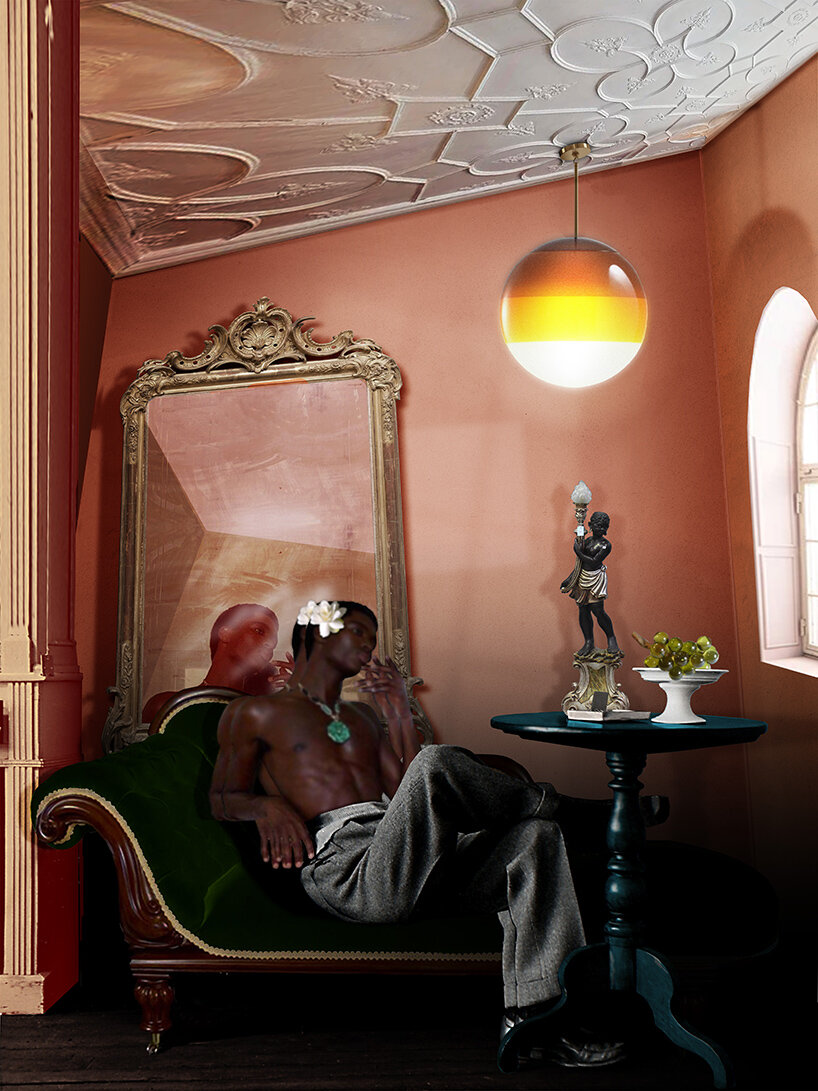
Ron Norsworthy, Regarding Narcissus, 2024
DB: Your process involves transforming digital collages into three-dimensional works that you describe as paintings. How do the layering techniques and physical reliefs contribute to the conceptual exploration of beauty and reflection in this series?
RN: My works are conceptual in that their process and materiality are considered and intentional. They are integral to comprehending the work. Yes, the formal components of the pictures are important here, particularly in this body of work that’s dealing on its most legible levels with beauty, but the exposed plywood layers, themselves made up of thinner layers, help make ideas about the social constructs of beauty, gender, race and class very legible to the viewer. The works are literally revealing that they are constructed, human-made.
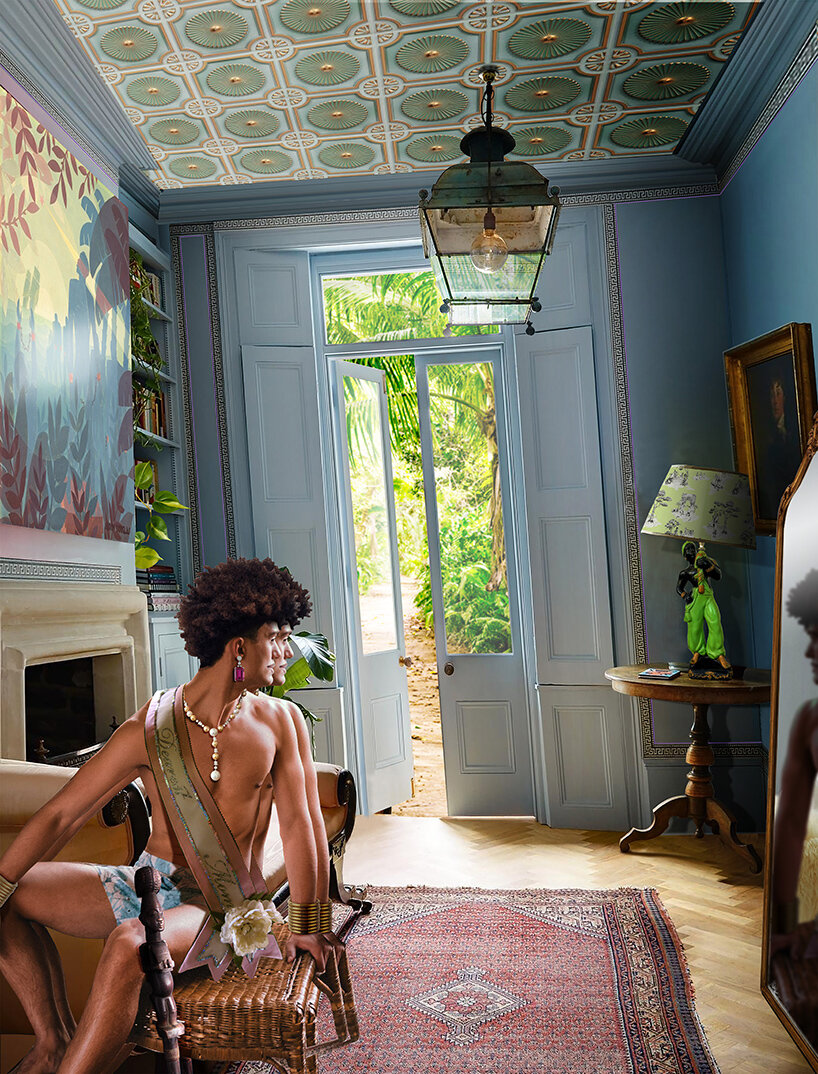
Ron Norsworthy, Narcissus Dearest, 2024
DB: Reflection is a recurring theme in this exhibition, both literally and figuratively. What does reflection mean to you beyond its visual representation, and how does it inform the dialogue between the works and the audience?
RN: I’m always looking for opportunities to unpack art history and untether it from the lens of white colonialist patriarchy that dominates it to the exclusion of affirming representations of the rest of us. The motifs of mirrors and/or reflections as well as chandeliers and lamps appear often in my work as metaphors for seeing and illuminating truth(s) respectively. And on some level I use the work to prompt questions; so in the making of this body of work there was the opportunity to take a deeper dive into this process of seeing oneself, or not seeing, and how culture and standards of beauty mediate this process and ultimately who gazes back at us.
Personally, this body of work has come to serve as a love letter to my younger self and anyone else who may have struggled, or may be struggling, with self-acceptance under gendered beauty standards that don’t seem to work for any of us. At the risk of sounding a bit saccharine, I’d love for these works to prompt us, all of us, to more fulsomely embrace our own unique beauty and evolve towards an understanding of aesthetic beauty as individualistic, inclusive and the antithesis ‘one-beauty-standard-fits-all’ which is very much what we have now.



